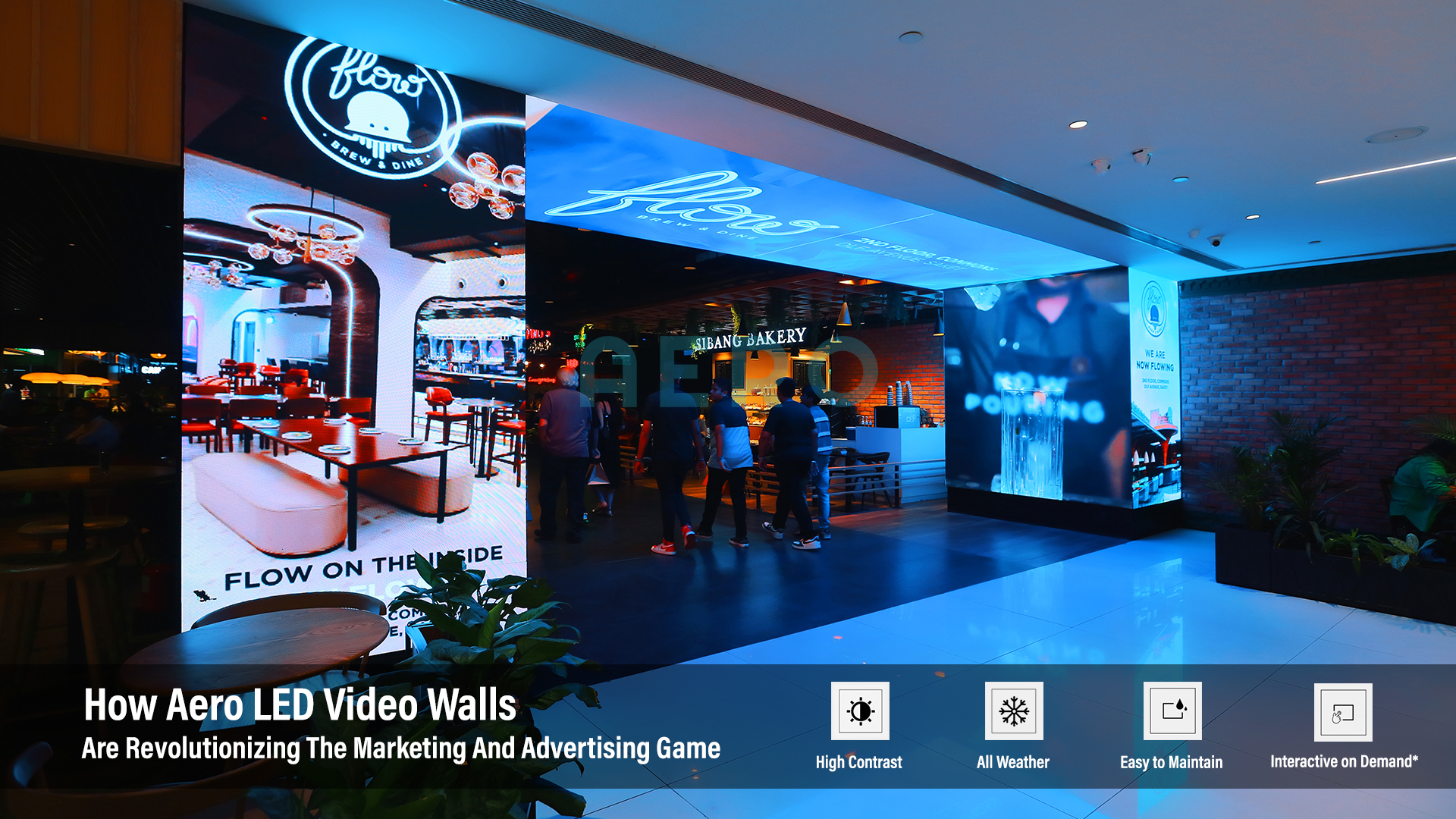Perfecting Hue Accuracy in LED Wall Calibration for Stunning Graphic Presentations
Perfecting Hue Accuracy in LED Wall Calibration for Stunning Graphic Presentations
Blog Article
Color precision is crucial for producing breathtaking graphic presentations, particularly when using LED walls. These massive displays are commonly found in places like concert venues, athletic arenas, and promotional billboards. When the hues on an LED screen are not correct, the visuals can look flat or warped, which can impact the overall experience for audiences. Therefore, perfecting color precision in LED screen calibration is crucial for achieving lively and realistic images.
The first step in ensuring color precision is understanding how LED technology works. LEDs, or light-producing diodes, produce light in various colors by combining red, green, and blue (RGB) light. Each dot on an LED screen is made up of these three hues. When calibrated correctly, the mix of RGB can produce a broad range of hues. However, if one color is too bright or too dim, it can throw off the whole screen. This is why calibration is necessary to balance the hues and reach the intended graphic result.
Tuning entails modifying the settings of the LED wall to make sure that the hues shown match the original content as nearby as feasible. This process usually involves using specialized software and hardware instruments. Technicians often use color assessment devices, such as spectrophotometers, to examine the colors being shown. By contrasting the assessed colors to standard color values, they can make exact adjustments. This guarantees that the colors are not only lively but also consistent across the entire display.
Another important factor of color accuracy is understanding the surroundings in which the LED wall is used. Factors such as surrounding light can considerably impact how colors look. For instance, a well-lit lit room may fade hues, making them look less lively. To counteract this, technicians may modify the brightness and contrast settings of the LED screen. Additionally, they may select particular color settings that are better appropriate for various lighting conditions. This flexibility helps preserve color accuracy irrespective of the viewing surroundings.
Ultimately, regular maintenance and recalibration are crucial for maintaining an LED wall looking its finest. Over time, the functionality of LEDs can alter due to elements like degradation and heat fluctuations. Regular checks and adjustments can help guarantee that the colors remain correct and lively. By committing time in proper tuning and upkeep, venues can provide viewers with stunning visual presentations that improve their overall impression. Perfecting color precision in LED screen tuning is not wikipedia reference just a technical job; it is an expertise that contributes to the wonder of graphic narration.